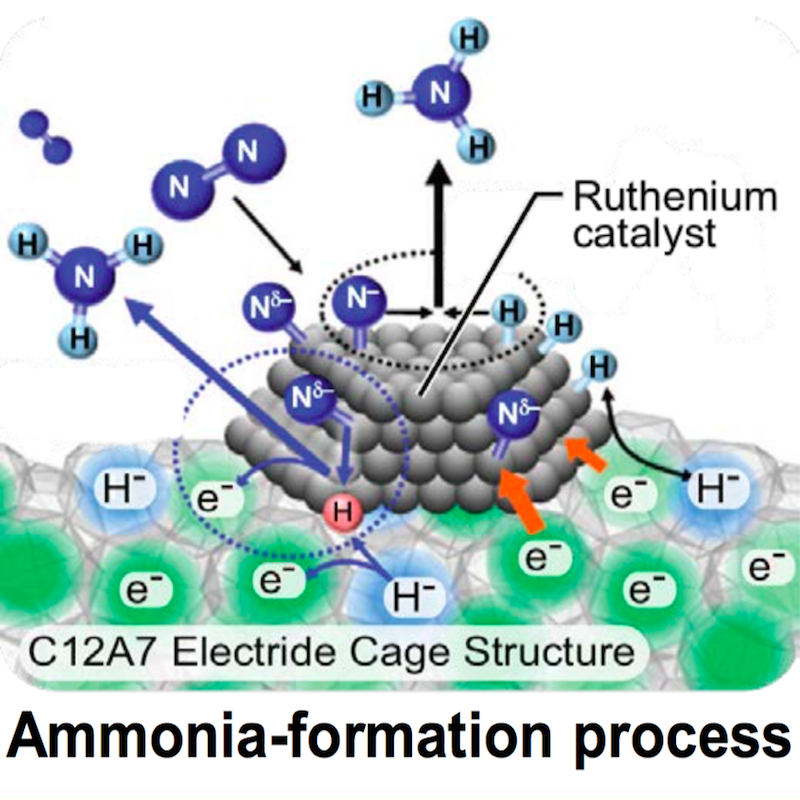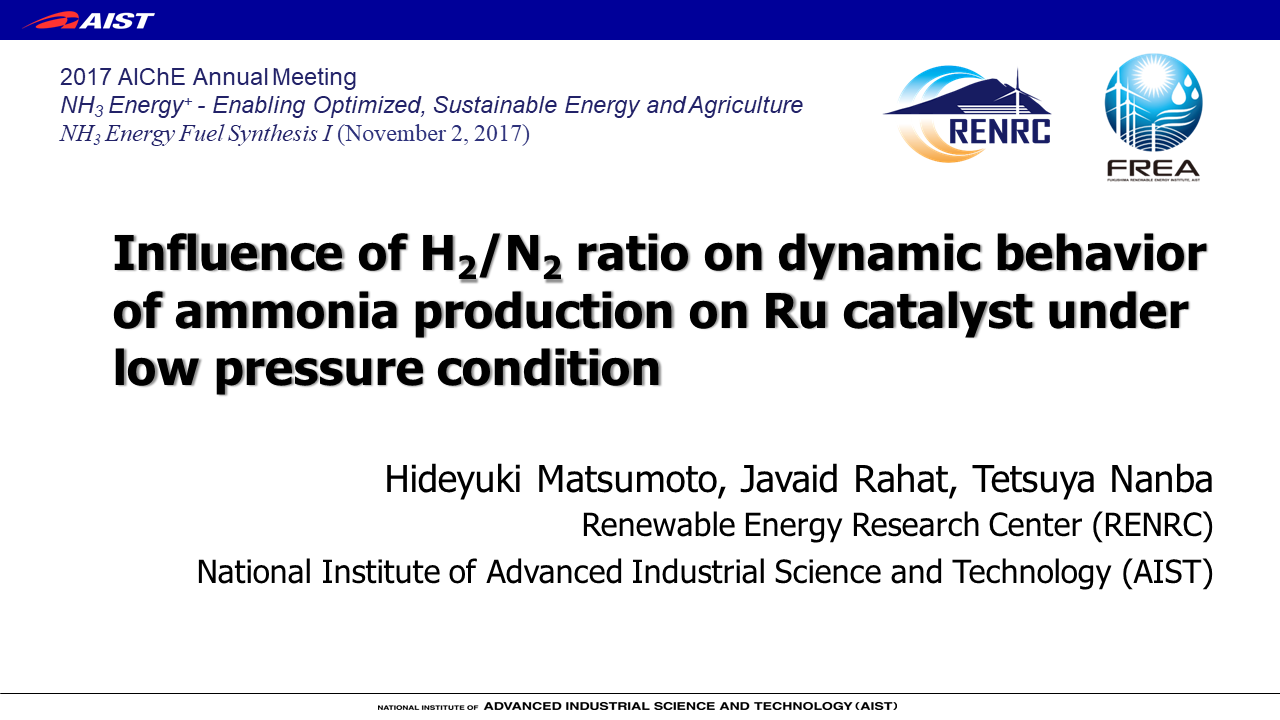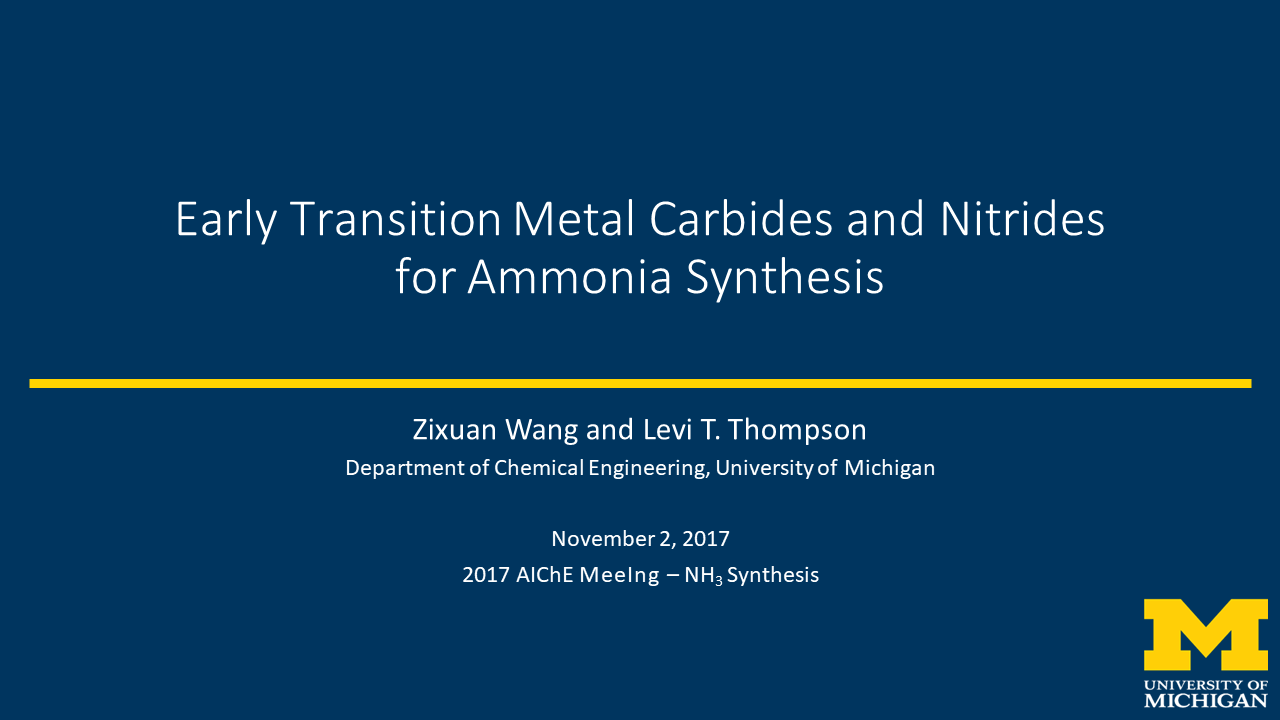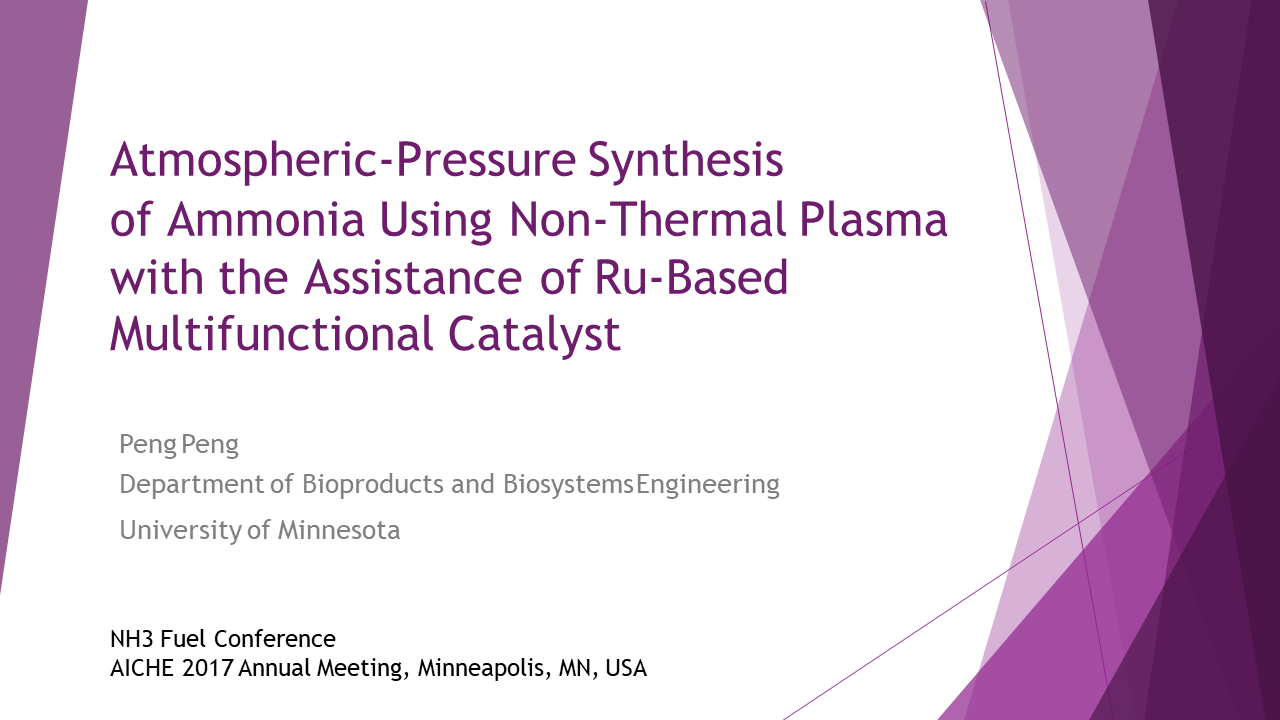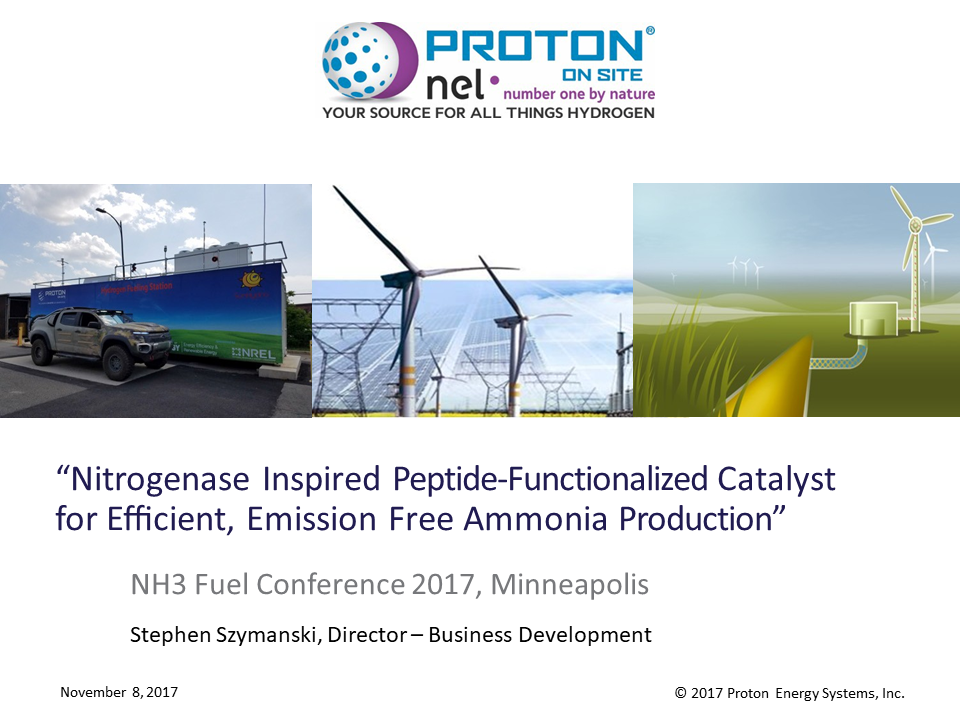Article
Future Ammonia Technologies: Electrochemical (part 3)
This series of articles on the future of ammonia synthesis began with a report on the NH3 Energy+ conference presentation by Grigorii Soloveichik, Program Director at the US Department of Energy's ARPA-E, who categorized the technologies as being either improvements on Haber-Bosch or electrochemical (with exceptions). ARPA-E invests in "transformational, high-risk, early-stage research," and recently began funding ammonia synthesis technologies, not to make renewable fertilizer but to produce "energy-dense zero-carbon liquid fuel." This article will introduce the six electrochemical technologies currently in development with funding from ARPA-E.
